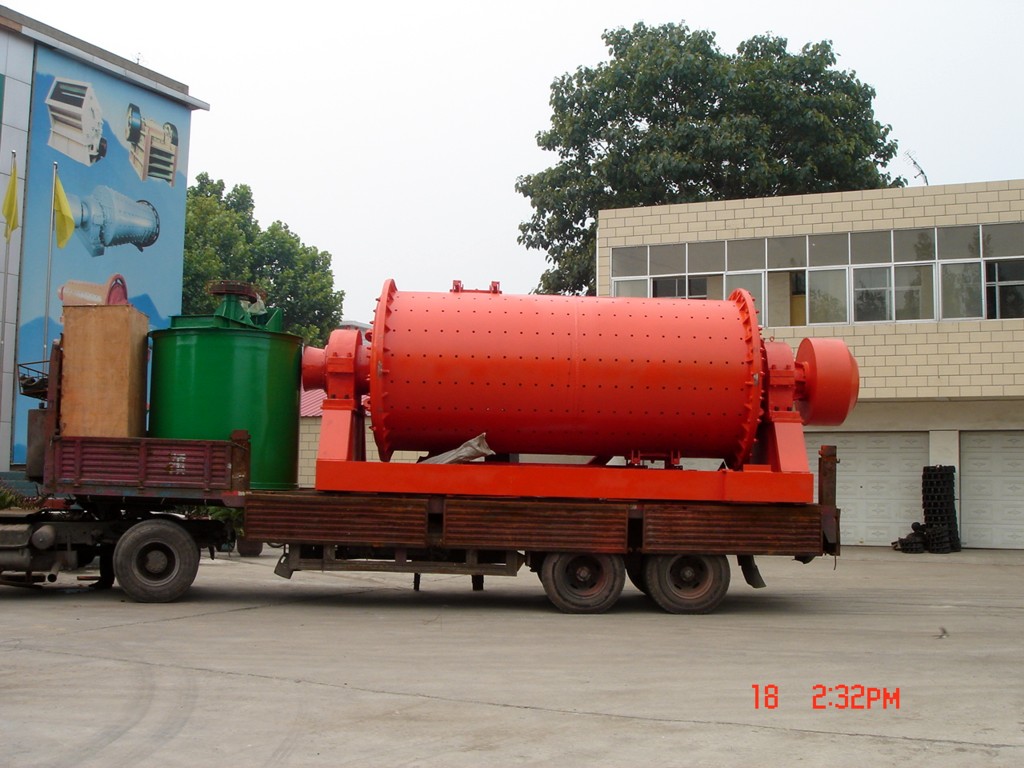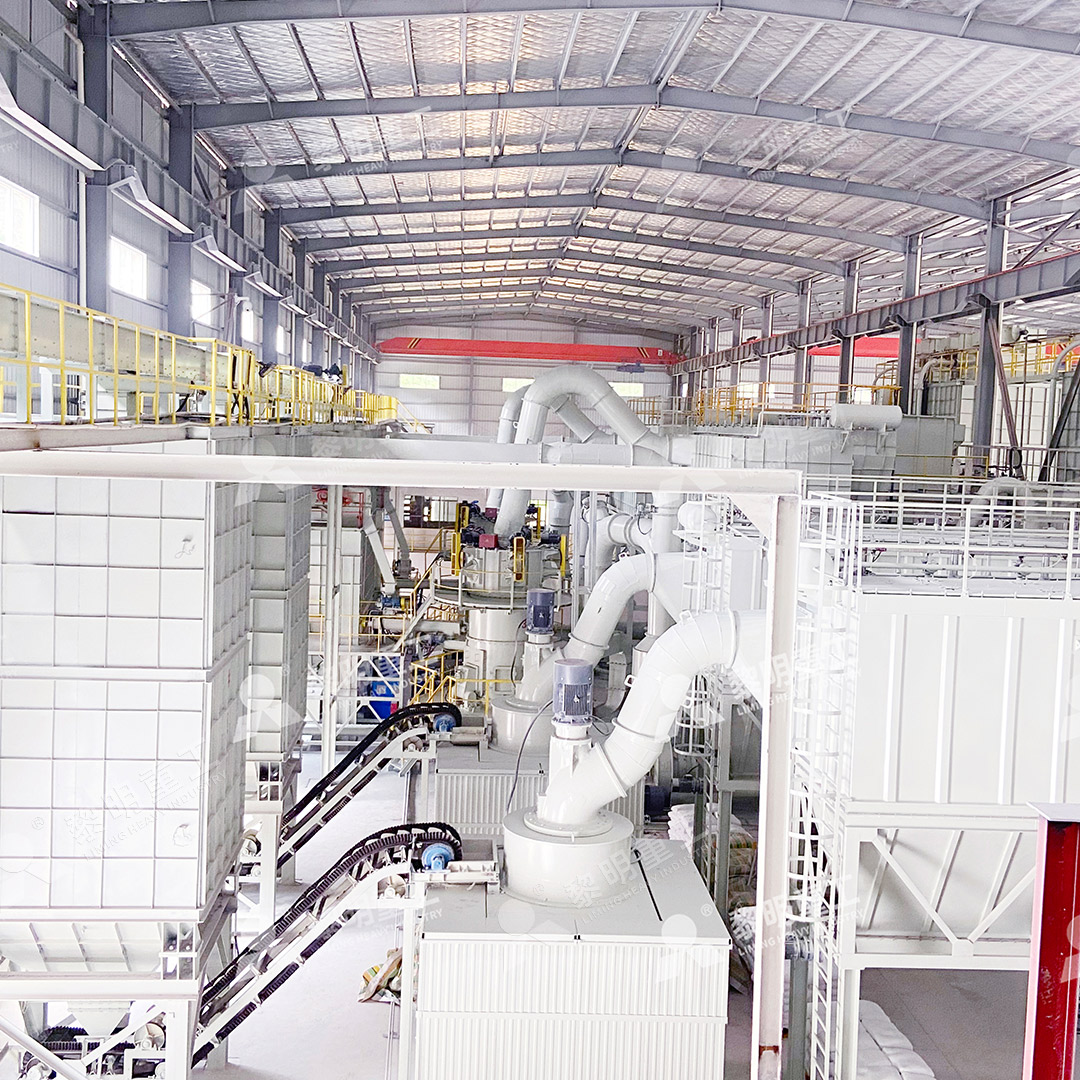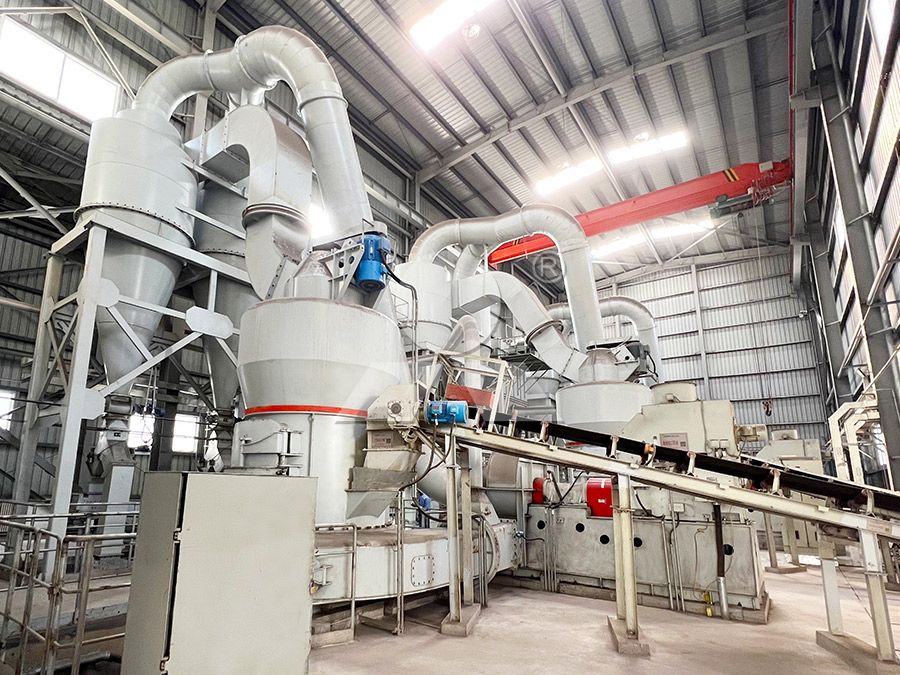Resource Utilization Solutions for Grinding Phosphate Ore into Powder
Resource Utilization Solutions for Grinding Phosphate Ore into Powder
The efficient processing of phosphate ore into fine powder represents a critical step in numerous industrial applications, from agricultural fertilizers to chemical manufacturing. As global demand for phosphate-based products continues to grow, optimizing grinding operations has become paramount for both economic and environmental sustainability.
Phosphate ore presents unique challenges in comminution processes due to its variable hardness, moisture content, and abrasive characteristics. Traditional grinding methods often result in excessive energy consumption, equipment wear, and inconsistent product quality. Modern solutions must address these issues while maximizing resource utilization and minimizing environmental impact.

Advanced Grinding Technologies for Phosphate Processing
Contemporary grinding systems have evolved significantly to meet the specific demands of phosphate ore reduction. The key considerations include particle size distribution control, energy efficiency, wear resistance, and environmental compliance. Among the various options available, ultrafine grinding mills have demonstrated exceptional performance in handling phosphate materials.
For operations requiring ultra-fine powder production between 325-2500 meshes, the MW Ultrafine Grinding Mill offers a comprehensive solution. With an input size capacity of 0-20 mm and throughput ranging from 0.5-25 tph, this system efficiently processes phosphate ore while addressing common operational challenges.
Key Operational Advantages in Phosphate Applications
The MW Ultrafine Grinding Mill incorporates several innovative features specifically beneficial for phosphate processing. Its newly designed grinding curves of grinding roller and grinding ring enhance grinding efficiency, achieving production capacity 40% higher than jet grinding mills and twice that of ball grinding mills, while reducing system energy consumption to just 30% of jet grinding mill requirements.
Particularly valuable for phosphate operations is the mill’s cage-type powder selector technology, which enables precise fineness adjustment between 325-2500 meshes. This flexibility allows producers to meet exact customer specifications for various phosphate applications, from direct application fertilizers to industrial chemical precursors.

Environmental and Maintenance Considerations
Phosphate processing facilities face increasing regulatory pressure regarding dust emissions and noise pollution. The integrated pulse dust collector and muffler system in the MW Ultrafine Grinding Mill effectively addresses these concerns, ensuring compliance with environmental standards while maintaining operational efficiency.
The absence of rolling bearings and screws in the grinding chamber represents another significant advantage for phosphate operations. This design eliminates concerns about bearing damage or seal failures, while preventing machine damage from loose screws—common issues in abrasive phosphate grinding environments.
For operations requiring different specifications, the LUM Ultrafine Vertical Grinding Mill provides an alternative solution with input size of 0-10 mm and capacity of 5-18 tph. Its unique roller shell and lining plate grinding curve design generates material layers more effectively, achieving high rates of finished products through single-pass powder milling.
Optimizing Resource Utilization
Maximizing resource utilization in phosphate grinding extends beyond equipment selection to encompass operational strategies and process integration. Proper feed preparation, moisture control, and system automation contribute significantly to overall efficiency and product quality.
The digitalized processing capabilities of modern grinding mills ensure high precision machining of core components, while comprehensive spare parts support guarantees uninterrupted operation—critical factors in maintaining consistent phosphate powder production.

Frequently Asked Questions
What fineness range can be achieved when grinding phosphate ore?
Modern grinding mills like the MW Ultrafine Grinding Mill can produce phosphate powder ranging from 325 to 2500 meshes, with screening rates achieving d97≤5μm in a single pass.
How does energy consumption compare between different grinding technologies?
Advanced ultrafine grinding mills reduce energy consumption by 30-50% compared to traditional jet grinding mills and approximately 60-70% compared to conventional ball mills.
What environmental features are incorporated into modern phosphate grinding systems?
Contemporary systems include efficient pulse dust collectors, mufflers, noise elimination rooms, and fully sealed operations that prevent dust spillage while meeting stringent environmental standards.
How do maintenance requirements differ between traditional and advanced grinding mills?
Advanced designs eliminate rolling bearings and screws from grinding chambers, reducing maintenance frequency and complexity while extending equipment lifespan in abrasive phosphate applications.
Can grinding systems handle variations in phosphate ore characteristics?
Yes, modern mills feature adjustable parameters for grinding pressure, rotation speed, and powder separation, allowing adaptation to different phosphate ore hardness, moisture content, and composition.
